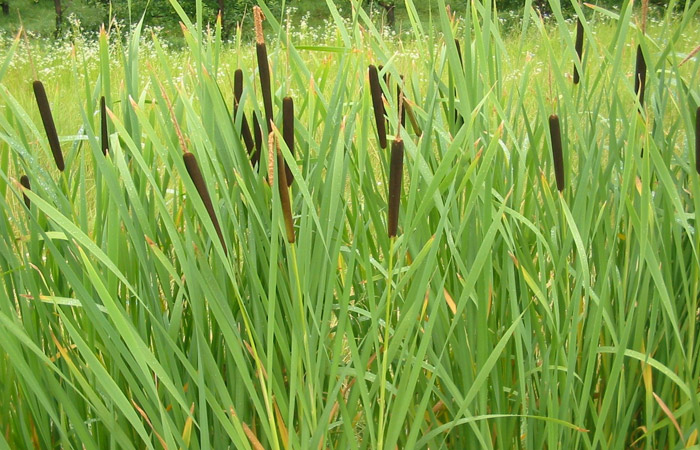A sketchy article in last week’s Carillon caught my eye. The headline was “Proposed bylaw sees bulrush mowers fined”. The proposed bylaw is being considered by the town of Niverville. The article is too scant to tell us how cattails are faring in Niverville, but there was enough in the news story to peak my interest.
Readers of this blog may remember news stories around 2015 about Niverville’s innovative way of decommissioning a lagoon the town was no longer using. The idea was to encourage the growth of cattails in the lagoon. These cattails would then be harvested, and used for fuel (at Providence College) or composted and used to fertilize field crops. We wrote about that particular project (Floating Cattail Bioplatforms – YES!!!! – Carillon Column – sustainability southeast Manitoba (setimanitoba.org) ), and have written about the phosphate cycle many times.
Essentially a city or town is a concentrated animal feeding operation (CAFO). All of our food contains significant quantities of phosphorous (P). Our bodies expel that P when we defecate. When we flush our toilets, this phosphorous enters the sewage system, ending up in our sewage lagoons. We may think it’s gone, but it’s not. If we don’t find a way of converting that P to a plant nutrient, it becomes a pollutant which will ultimately make its way to the Red River and Lake Winnipeg.
The news in 2015 was that Niverville had teamed up with Native Plant Solutions, a branch of Ducks Unlimited, to decommission its lagoon by growing and harvesting cattails in the lagoon. The Native Plant Solutions website draws attention to some rewards Niverville got in recognition of the project, but there is no up-to-date information on how the project is going.
It is unusual for a town to enact legislation that will prohibit the mowing of cattails. I dare say most towns consider cattails a weed, and an unsightly weed at that. Most towns would welcome citizens with mowers willing to mow the cattails in ponds and lakes. But not Niverville. Niverville wants the cattails it has planted to grow, removing phosphate and other plant nutrients from the soil.
Unfortunately the article says nothing about harvesting the cattails. I suspect the town wants to harvest these cattails in fall, after growth has stopped. The harvested cattails can then be composted or dried so they can be used as fuel. If they are never harvested, they will die and decay and the phosphate will remain right where it was, encouraging blue-green algae growth in the waterway and slowly seeping into the Red River.
It seems to me Niverville is onto something significant. They should share more of their findings.




